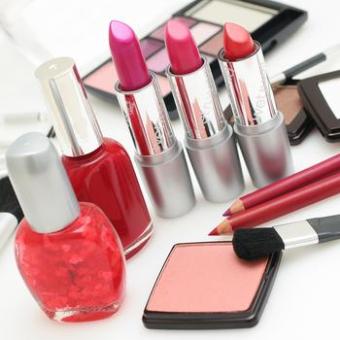Becoming a Mandarin Chinese teacher, I keep asking myself what do I want my children to learn and to know, simply memorizing the vocabularies, grammar, sentence structures I taught? As Nobel laureate Herbert Simon wisely stated, the meaning of “knowing” has shifted from being able to remember and repeat information to being able to find and use it (Simon, 1996).
What is learning?
According to “How people learn: brain, mind, experience and school”, people’s pre-existing knowledge significantly influence what they notice about the environment and how they organize and interpret it. And in turn, it affects their abilities to remember, reason, solve problems, and acquire new knowledge. (Bransford, Brown, and Cocking, 2000, p. 10) Thus, teachers need to pay attention to the incomplete understandings, the false beliefs. If the children’s original concepts are ignored, the teacher cannot reach their intents for the development of understanding.
Besides, encouraging and guiding students to be active learners and to take control of their own learning is critical. To achieve it, we need to provide important glimpses of connections between goals for learning and teaching practices that can affect students’ abilities to accomplish these goals.
In conclusion, the development of the science of learning is changing from simply providing the knowledge to improve significantly people’s abilities to become active learners to seek to understand complex subject matter and is better prepared to transfer what they have learned to new problems and settings.
What teaching methods support learning and it related concepts?
Bransford described the following three teaching methods.
First, the teacher need to have a clear idea of the preexisting understanding the students bring in and make adjustment with it. We must actively inquire students’ thinking and create class activities under which student thinking can be revealed. The methods of assessment have to help the students see their own thinking and also make it visible to peers and teacher. In this way, the students could receive feedback to refine and improve their understanding.
Second, teachers must teach some subject matter in depth, providing various examples in which the same concept is at work and providing a firm foundation of factual knowledge. Instead of teaching only the superficial coverage of the all topics of one subject area, we should focus on less topics but organize in-depth study and learning for students. This will require active coordination of the curriculum across the school year and connections between different subjects. However, the goal is hard to achieve due to the standard test, which only assess the factual knowledge rather than conceptual understanding, let alone students’ abilities to apply the concepts.
Third, the teaching metcognitive skills should be integrated into the curriculum in a variety of subject areas. The metcognitive skills allow the students to verbalize their thinking as they worked. They would be able to monitor their own understanding carefully, making note of when additional information was required for understanding, whether new information was consistent with what they already knew. It can enhance students’ learning as well as their abilities to learn independently and think critically.
Research evidence indicated that when the above three methods are incorporated into teaching, students’ achievement improves. As educators, we have to consciously applying it into out curriculum building and daily teaching.
References
Bransford, J., Brown, A.L. & Cocking, R. R. (Eds.), How people learn: Brain, mind, experience and school (pp. 3-27). Washington, D.C.: National Academy Press. Retrieved from http://www.nap.edu/openbook.php?isbn=0309070368


